
The Gentle Art of Swedish Death Cleaning: How to Free Yourself and Your Family from a Lifetime of Clutter
DH 65,00
Un guide compatissant du désencombrement inspiré de la tradition suédoise, mêlant aspects pratiques et sagesse sincère. Margareta Magnusson partage comment organiser ses biens avec pleine conscience, alléger les fardeaux émotionnels et créer de l'espace pour ce qui compte vraiment. Apprenez à vous défaire de la culpabilité, à honorer les souvenirs et à simplifier votre vie, une étape réfléchie à la fois. Parfait pour les fans de The Life-Changing Magic of Tidying Up but with a focus on legacy and love. 🧹📚🧘♀️
Description
The Gentle Art of Swedish Death Cleaning introduces readers to the Swedish concept of döstädning —a thoughtful process of decluttering and organizing one’s belongings in preparation for the end of life. Margareta Magnusson, a Swedish artist and grandmother, shares her personal journey and practical advice on how to approach this often-overlooked task with grace and humor. The book emphasizes not just physical tidying but also the emotional liberation that comes from confronting what we own and why. Magnusson’s approach is less about rigid rules and more about mindfulness, encouraging readers to reflect on what truly matters and to ease the burden on loved ones left behind.
The author blends anecdotes from her own life with actionable steps, such as starting with sentimental items first and tackling one room at a time. She addresses the discomfort many feel when discussing mortality but frames death cleaning as an act of love and responsibility. The book also highlights the cultural roots of the practice in Sweden, where pragmatism and simplicity are deeply valued. Magnusson’s warm, conversational tone makes the topic accessible, reassuring readers that it’s never too early—or too late—to begin.
Beyond decluttering, the book invites reflection on legacy and the stories objects carry. Magnusson suggests documenting heirlooms, donating unused items, and letting go of guilt tied to possessions. She challenges the notion that more stuff equals a richer life, advocating instead for intentionality. The process, she argues, can bring clarity and even joy, fostering deeper connections with family and friends.
While focused on end-of-life planning, the principles apply to anyone seeking to simplify their life. The book resonates with readers of all ages, offering a fresh perspective on minimalism and mindfulness. Magnusson’s wisdom extends beyond organizing tips, touching on themes of gratitude, acceptance, and the freedom that comes from living lightly.



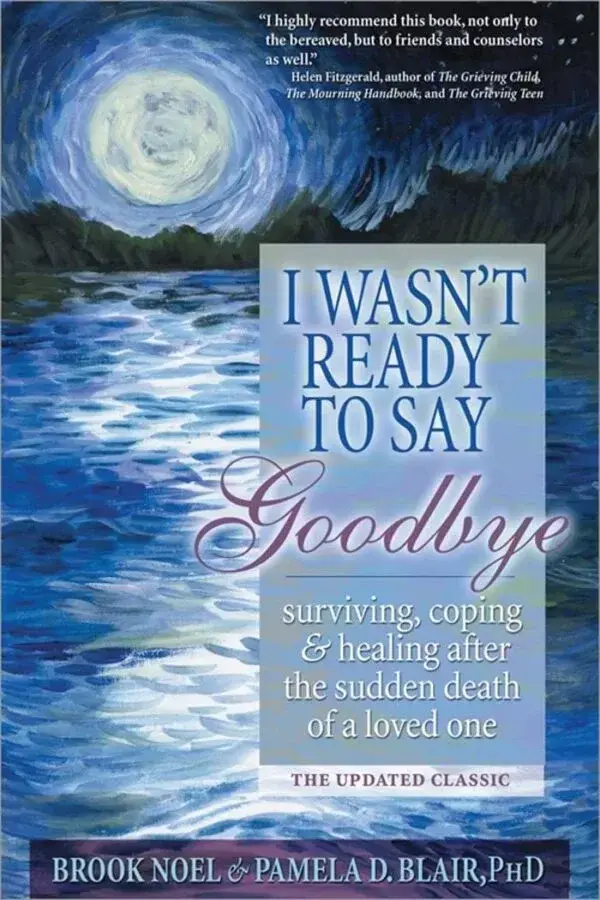
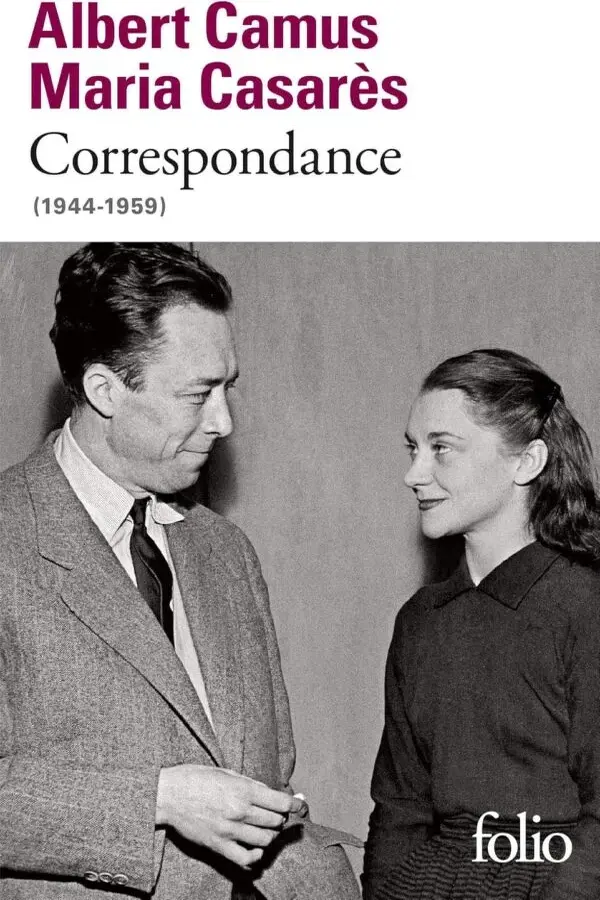

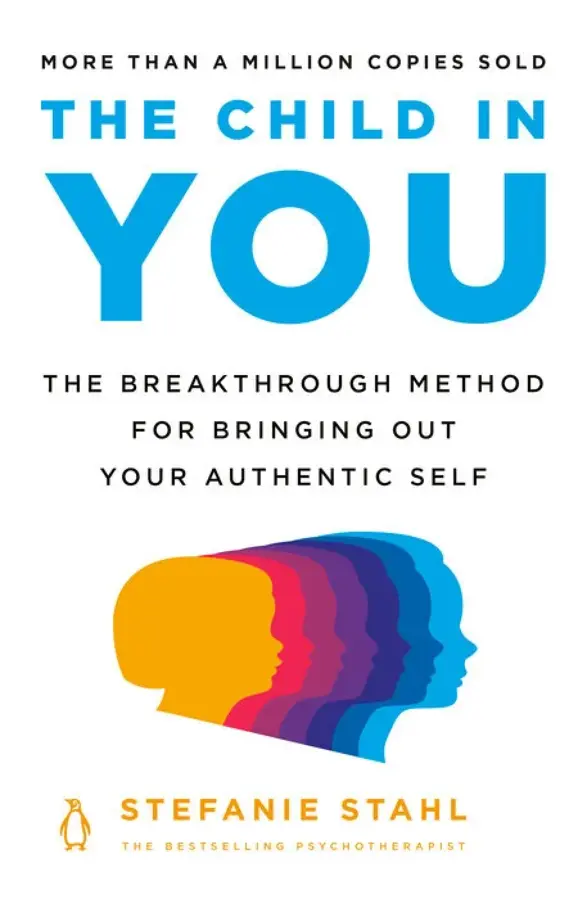
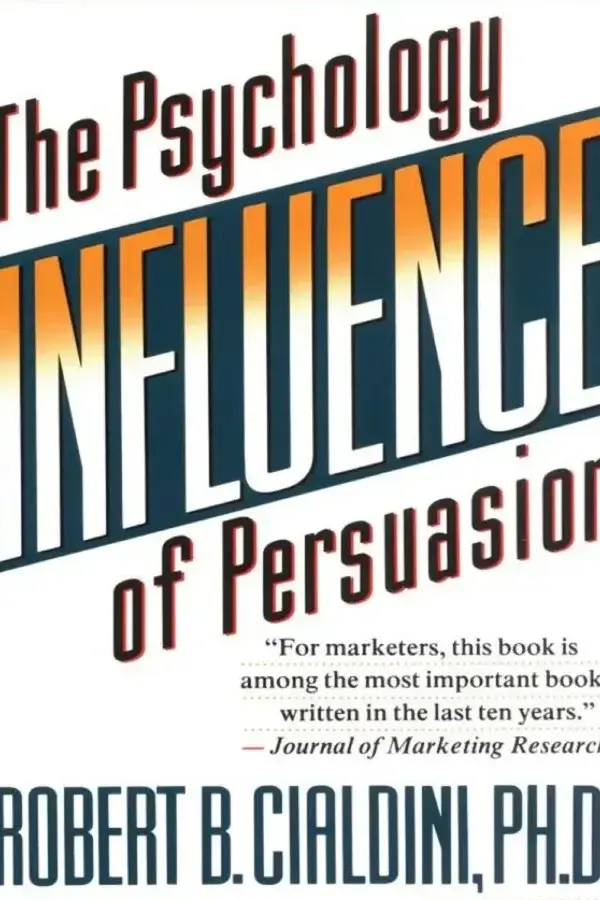

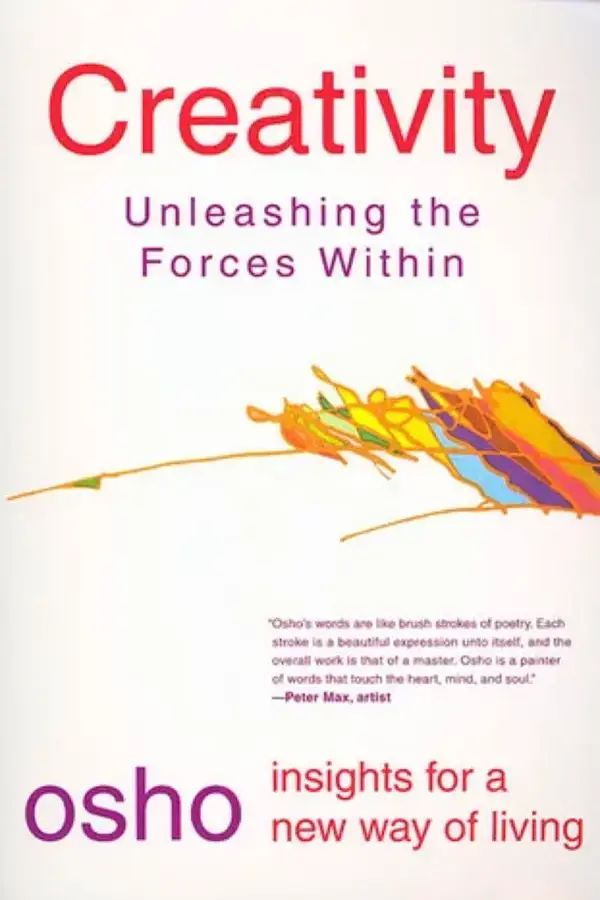


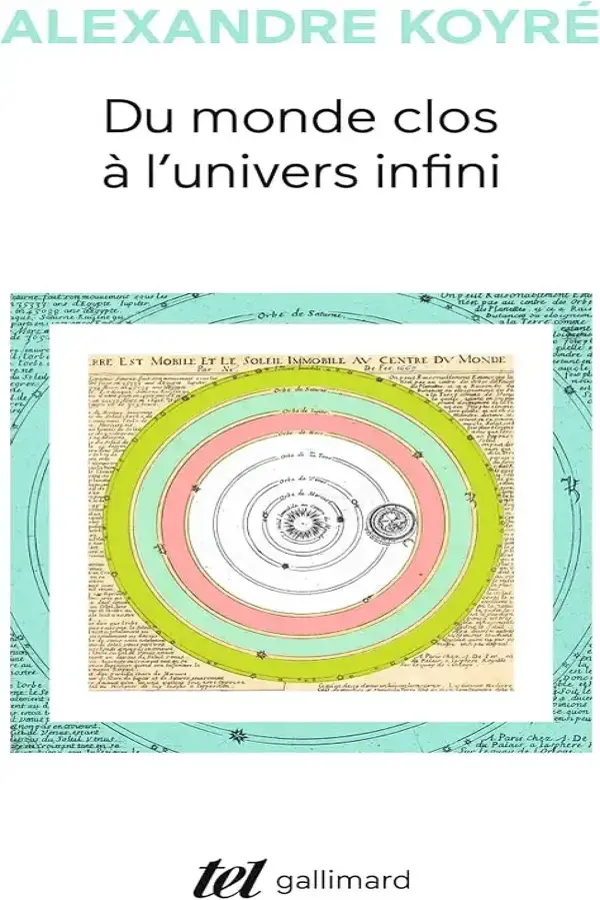


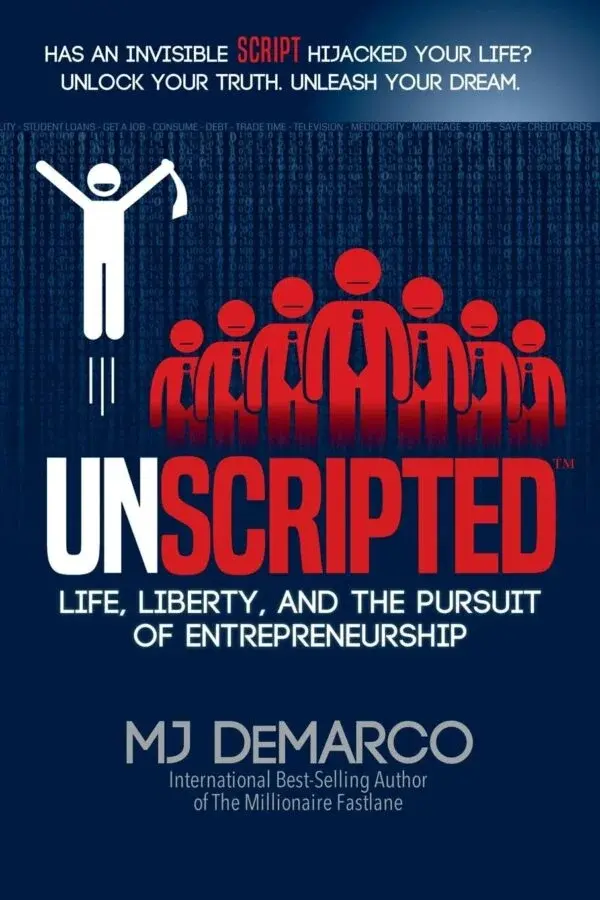
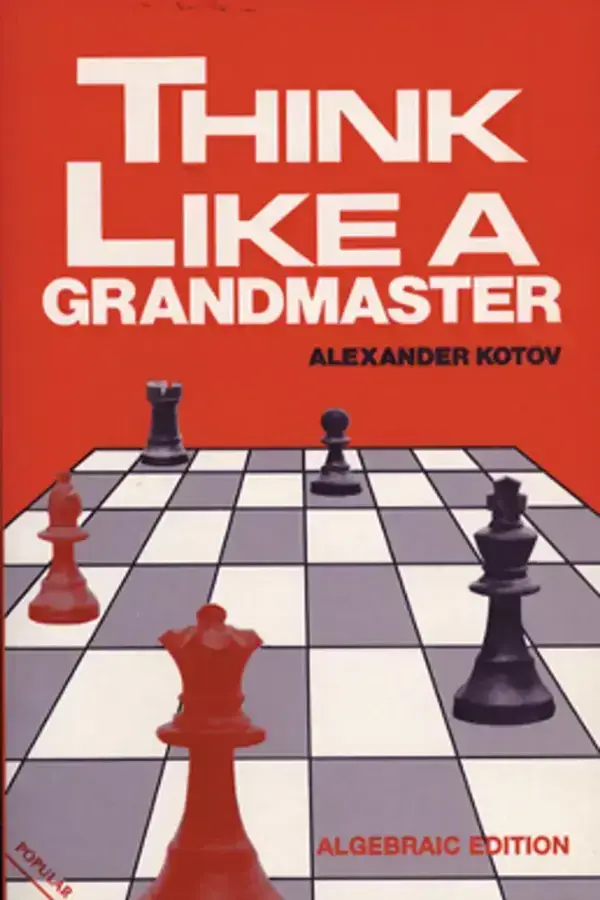
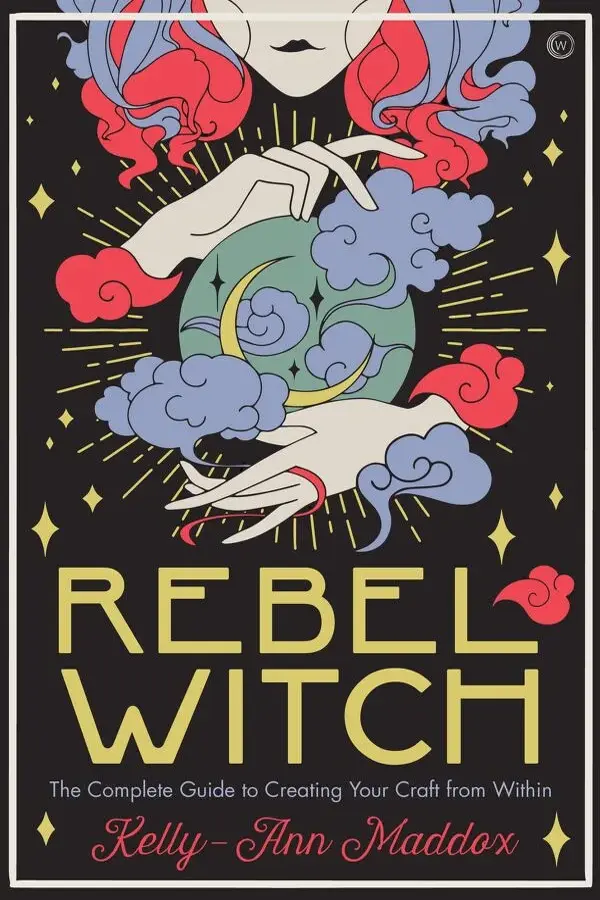




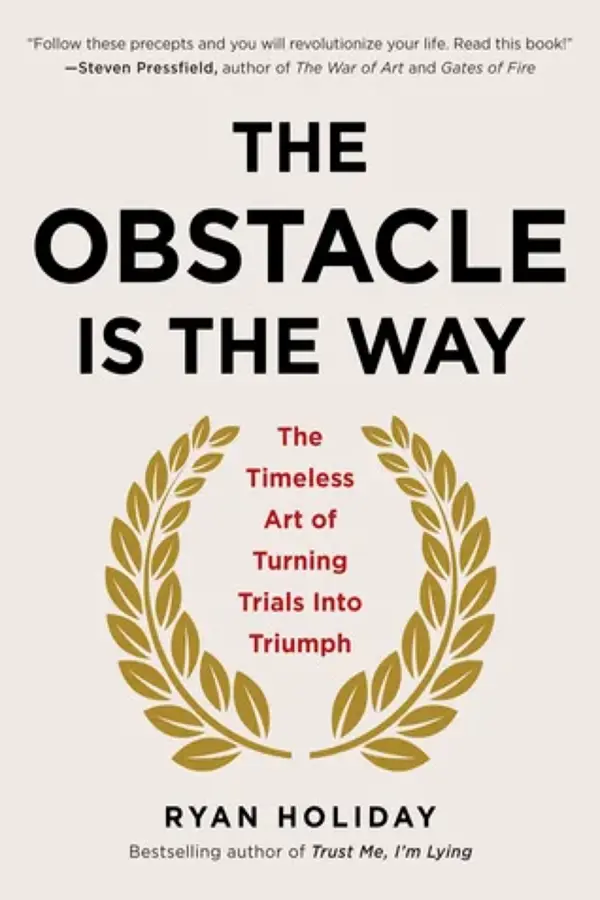
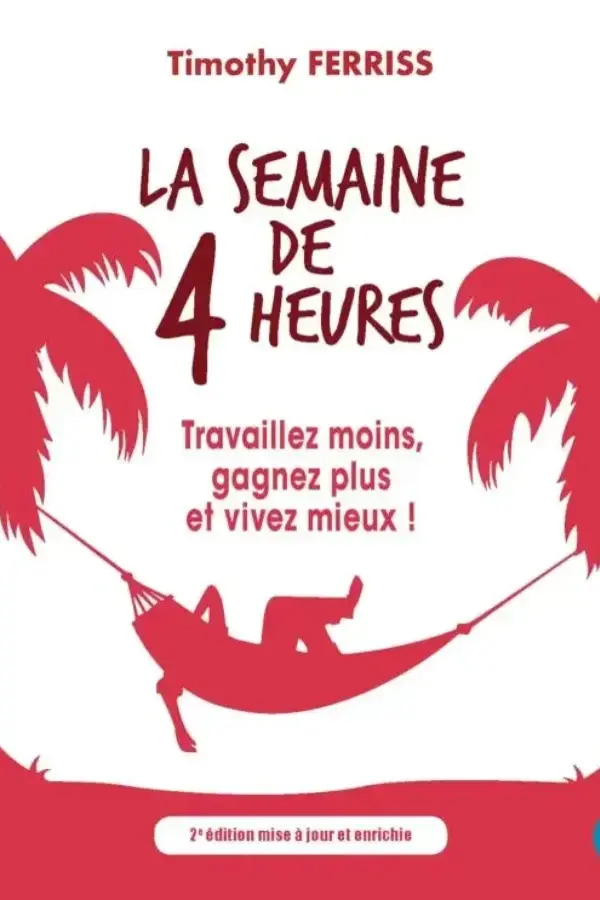

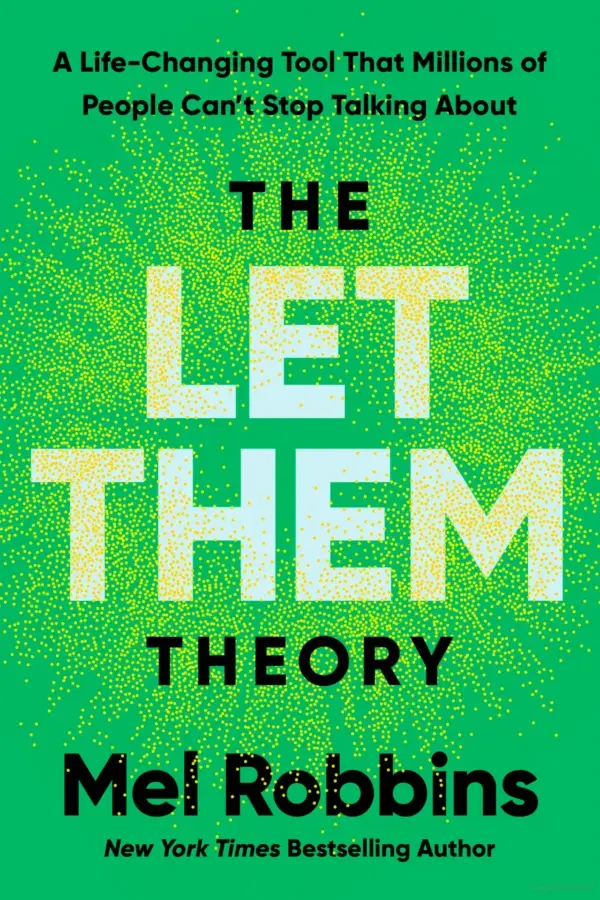
Avis
Il n’y a pas encore d’avis.